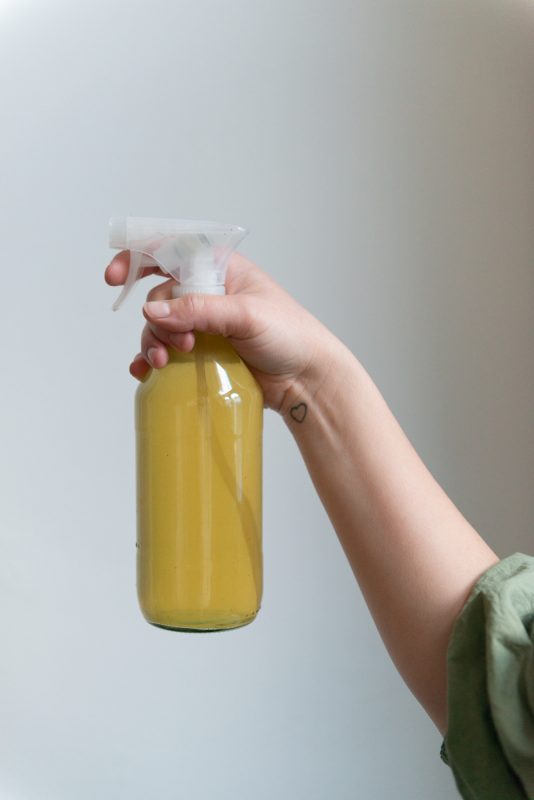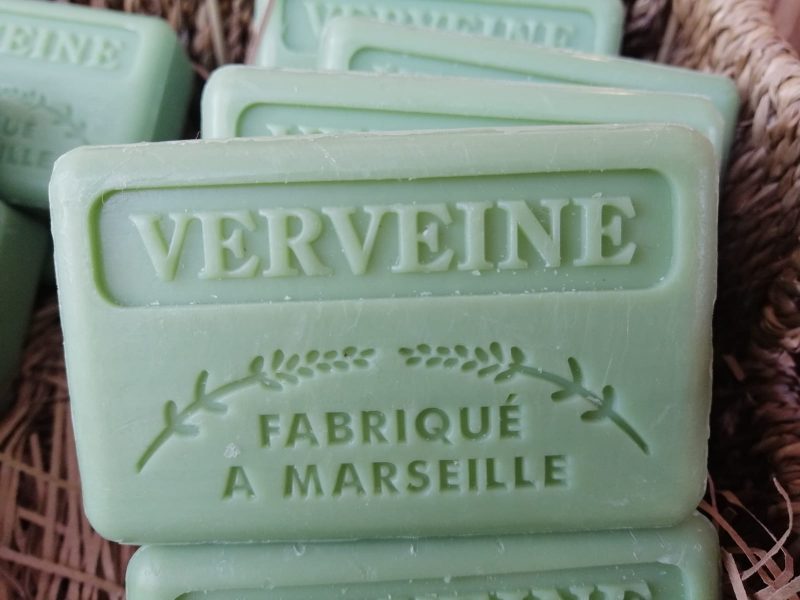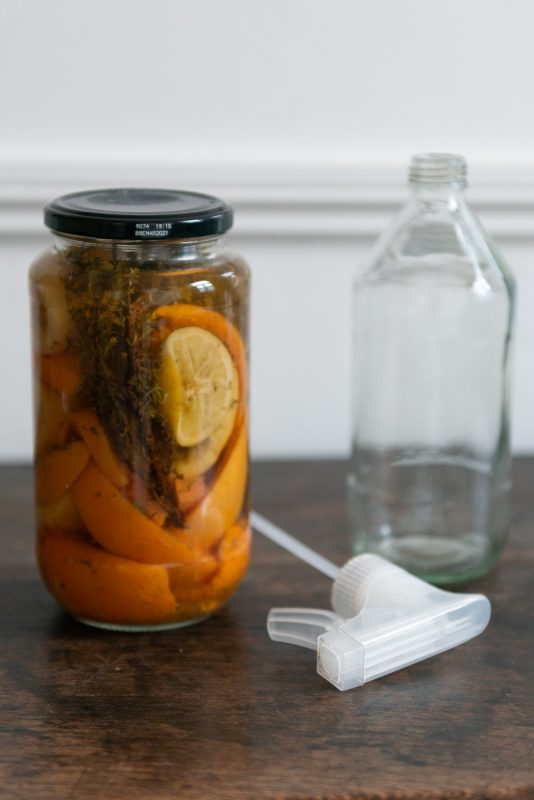Words Nell Card Photographs Lorraine Simpson and Hannah Bullivant

Faversham is making it easier for locals to make their own homemade cleaning products, reducing plastic waste.
For many locals, the plastic-free movement has prompted small changes of habit, thanks in no small part to the work of Plastic Free Faversham – a charity run by a group of volunteers. Owing to their efforts, Faversham was awarded Plastic Free Town status last year. This has undoubtedly had a positive impact on the way in which food is purchased and consumed locally, with reusable bags, cups and straws happily becoming the new norm for many. For those who are keen to do more to reduce their intake of single-use plastics, Faversham has more to offer …
The health food store, Heaven and Earth, offers a refill service for a long list of household and personal cleaning products and has reopened following lockdown (See here for new opening hours and social distancing measures.) Regular market goers will have also noticed a relatively new stall in Market Place that is giving locals another option.

The Cupboard Store stall appears at Faversham Market every Tuesday, Friday and Saturday, selling natural cleaning products.
The Cupboard Store is a intriguing display of amber glass spray bottles, bumper bottles of white vinegar and stacks of unwrapped soap in springtime shades. Stall holder Lorraine Simpson’s appearance each week is making it easier for Faversham households to reduce their intake of single-use plastics and eliminate the use of chemicals in the home. ‘Faversham has been incredibly receptive to the new stall,’ says Lorraine, who has reopened her stall following the lockdown, although she is currently unable to offer refills). ‘It takes time to change habits but I think the people of Faversham are definitely receptive to the idea of change.’

Choose from verbena, patchouli, wild rose or fragrance free natural soap from Marseille.
Homemade cleaning products are of course, no new thing: white vinegar and newspaper have long been the enemy of smeared window panes. Yet there is a common misconception that making your own cleaning products is difficult. ‘It’s actually really straightforward – and it’s cheap too,’ says Lorraine, who is keen to keep The Cupboard Store as inclusive and affordable as possible. All that’s required is a stock of basic ingredients to get started, including bicarbonate of soda, white vinegar, lemon juice, water and a selection of essential oils. ‘Most homemade cleaning products are a combination of these basic ingredients,’ she explains.
The local interiors and event stylist and creative workshop host Hannah Bullivant, is another proponent of make-at-home cleaning products. She has been using them in her own home for nearly a decade. ‘I started looking into it when I was pregnant with my first child, and wanted to reduce the amount of chemicals in my home,’ she explains. ‘I quickly realised how easy it was to make my own, and how much cheaper it was than buying so many separate bottles from the supermarket. Making your own products means you can also experiment with scent, adding your own blend of essential oils, which I love,’ she continues. ‘If your products actually smell gorgeous, it makes cleaning more enjoyable and brings a level of joy to what can otherwise be seen as a dull chore.’ Below, she shares her tried-and-tested recipe for a simple surface cleaner.

Hannah steeps citrus peels in vinegar for 1-2 weeks before decanting the infused vinegar into a glass spray bottle.
You can follow @plasticfreefav, @thecupboardstore and @hanbullivant on Instagram
Text: Nell. Photography: Hannah Bullivant and Lorriane Simpson